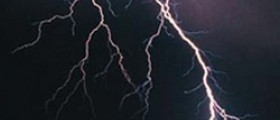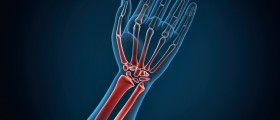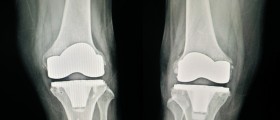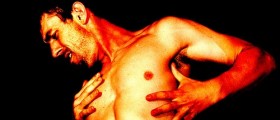
Epilepsy is mostly a chronic neurological disorder associated with occasional seizures. It is estimated that there are approximately 40 different types of seizures. Still, in the majority of patients an epileptic attack is characterized by a consistent patter of symptoms.
Based on certain characteristics seizures are classified as partial seizures and generalized seizures. In case of partial seizures localized muscle contractions occur due to abnormal electrical activity of a small part of the brain while generalized seizures are characterized by contraction of the entire body due to uncontrollable spread of many electrical impulses across the entire cortex of the brain.
Partial Seizures Clinical Characteristics
Partial seizures are further divided into simple partial seizures and complex partial seizures. The only difference between the two is loss of consciousness which occurs in complex partial seizures. Patients suffering from simple partial seizures remain fully conscious during the entire attack.
Patients with simple partial seizures may experience changes regarding senses, déjà vu, a tingling sensation in the extremities, a sudden intense emotion, stiffness of muscles in the arms or legs, localized twitching of certain body parts etc.
On the other hand, it is normal for complex partial seizures to induce lip smacking, hand rubbing, making random noises, moving the extremities (especially arms) around, maintaining the abnormal posture etc.
After a complex seizure patients do not remember anything that have happened.
Generalized Seizures Clinical Characteristics
Generalized seizures are divided into 6 subtypes.
The first one are absent seizures. They predominantly affect children and cause loss of awareness for approximately 20 seconds. The affected child may stare, flutter his/her eyes and smack lips.
Myoclonic jerks are a type of generalized seizures affecting the arms, legs and upper back. The affected individual behaves as if he/she received an electric shock. Myoclonic seizures may occur in a combination with some other types of seizures and never last longer than a few seconds.
Clonic seizures resemble myoclonic jerks but they last much longer and may be accompanied by loss of consciousness.
Atonic seizures, interestingly, induce sudden muscle relaxation. Because of that patients commonly end up falling to the ground and may easily get injured.
Tonic seizures cause sudden stiffness of all the muscles in the body and are also associated with different injuries, especially head injury.
Tonic-clonic seizures always go through two phases, the first one characterized by stiffness of the arms and legs and the second one when the body starts twitching. Loss of consciousness and urine or fecal incontinence are a few more characteristics of this subtype of generalized seizures. This is the most common type of seizures affecting around 60% of all patients.
Finally, many patients have a distinctive feeling that the attack is about to happen. This is a so called aura which may be in different forms such as noticing a strange smell/taste, experiencing a sense of fear or anxiety, having a feeling of déjà vu etc. Such warning signs may be of major help and inform the patients and nearby people that the attack will soon take place. By recognizing the attack and being prepared for it, people may help the affected individuals and prevent some serious injuries such as head injury caused by a sudden fall.

















Your thoughts on this
Loading...